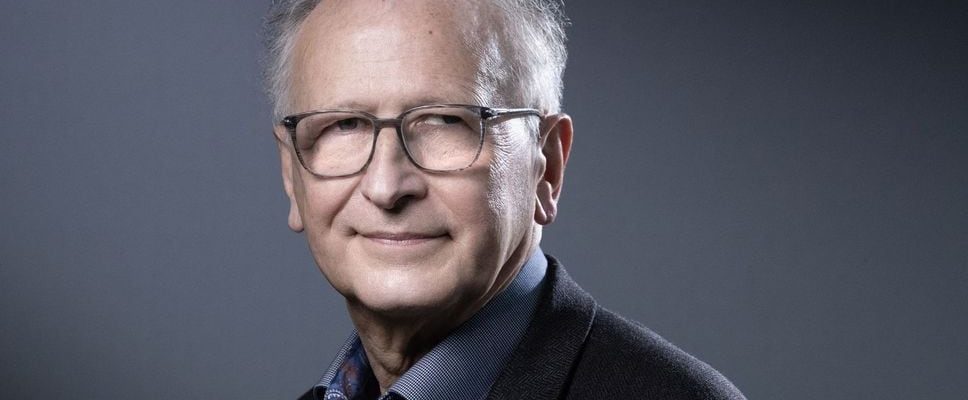Malaria has accompanied humanity for more than 100,000 years. It is the infectious disease that has killed the most human beings. It occurs mainly in sub-Saharan Africa and Southeast Asia. It is estimated that three billion people are exposed to it, that 200 million are infected each year, that 600,000 die from it, 80% of whom are children under the age of 5, or one per minute!
The parasite, transmitted by the Anopheles mosquito, transforms in the body according to a complex cycle which notably involves the liver and red blood cells. Its multiple modifications make protection by the immune response often difficult. The widespread use of DDT in the 1950s and 1960s reduced the number of cases by about half. The use of mosquito nets, when available, protects. Antimalarial drugs have also been developed to treat or prevent the disease for a short time – from chloroquine to artemisinin. But these treatments cannot be taken for long periods due to their side effects, and above all, many resistant strains of the parasite have emerged over time.
Under these conditions, vaccination appears to be the ideal weapon of protection. The fact that some infected patients manage to develop an immune response, but also that the severity of the disease fades with age and reinfections suggests that this objective is not chimerical. In fact, the efforts of the few laboratories involved in this enterprise have begun to pay off. A first vaccine, produced by GSK, is directed against a protein present on the surface of the parasite when the latter enters the body through the mosquito bite. This protein, associated with a lipid adjuvant, has shown partial but indisputable effectiveness in protecting children. After three injections, the infection rate is reduced by half. More importantly, the frequency of severe forms decreased by 25 to 30% and deaths by 13% over a four-year observation period of nearly 2 million vaccinated children in three sub-Saharan African countries. These results may seem modest, but by generalizing them, this would prevent 60,000 deaths per year. It remains to produce and distribute these vaccines, the cost of which per dose is high – around 10 dollars. The World Health Organization, Gavi (the International Alliance for Vaccination) and Unicef announced last July the production and distribution of 18 million doses in 12 African countries. This is an encouraging start, even if the initial needs are in the order of 80 to 100 million doses.
Second good news, the University of Oxford has designed another vaccine, based on the same principle, but with a preparation method which improves its purity. Its use makes it possible to achieve a protection rate against malaria of 75%, as was recently announced. Just like the first, this vaccine is very well tolerated. The Serum Institute of India, a powerful Indian vaccine manufacturer, has indicated that it would be able to produce at least 100 million doses per year at a cost reduced to $4 per unit. Here are promising results which suggest the prospect of offering vaccination to all children under 5 years old living in a risk area. It will still be necessary to finance these vaccination campaigns, which require a few hundred million euros per year (with a higher initial investment), a significant sum since these injections concern some of the poorest countries in the world. We must hope that international solidarity and foundations – such as the Bill and Melinda Gates Foundation – will succeed in raising these funds!
Other vaccines are in preparation, including one based on messenger RNA. These scientific advances are all the more remarkable given that vaccination against malaria, a disease of the poor, has clearly not been a priority objective of the pharmaceutical industry. Thanks to the mobilization of scientists, particularly British ones, which must be welcomed, to the commitment of international organizations and to philanthropy, this situation is changing. Let’s hope this can serve as a model for other neglected diseases plaguing the world!
Alain Fischer is president of the Academy of Sciences and co-founder of the Institute of Genetic Diseases
